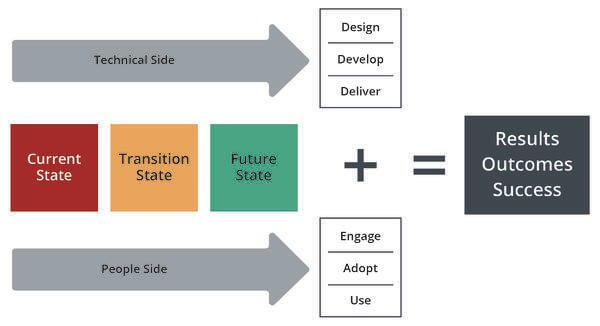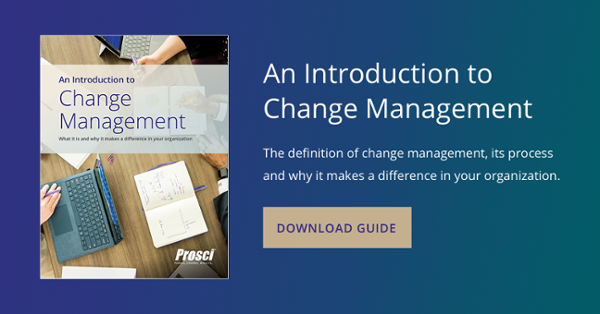Change is all around us, in every aspect of our lives. While nothing new, the amount and sheer pace of change in recent decades is tremendous. For organisations this poses often existential challenges to adapt, keep pace and "out-change" competitors or peers. Many now recognise that the agility that an organisation's change management capability brings is not a nice-to-have but a must-have. Change management capability is an essential core competency and fundamental to organisational success in a rapidly changing world.
Just as organisations have seen dramatic change, the discipline of change management has undergone significant evolution in recent years. Once an often ad hoc approach, typically focused on communications or training, it is now a codified discipline with structure, process and rigour. Increasingly organisations are bringing a sophisticated, data-driven perspective to generate new insights into how a project is performing both on the technical and the people sides of the change.
Many of the world's leading organisations, both public and private sector, have embarked on a journey to move from change management as a project-by-project practice to a systemic organisational capability. This involves institutionalising and embedding change management across the organisation while integrating change management practices, processes and tools in many of its organisational systems.
Our partners Prosci, a world-leader in change management, call this effort Enterprise Change Management (ECM). Based on over twenty years of change management research and development, Prosci has developed tools, resources and trainings to support change management deployment leaders.
One such tool is the Prosci ECM Roadmap which provides a structured process for the journey to enterprise change management capability. The remainder of this tutorial introduces you the Prosci ECM Roadmap.
Having developed a robust business case and gained commitment for building an organisational change management capability, we turn to how that capability can be built with a structured and intentional approach. If building a case for enterprise change management is something you are trying to do, review the Business Case for Enterprise Change Management tutorial for an example approach.
Foundation of the ECM roadmap
At the heart of the Prosci ECM Roadmap is the recognition that building an organisational change management capability is itself a significant change for an organisation that requires structure and intent. Therefore, we treat it as both a project and a change in its own right. While this may seem to be just common sense, it has a number of implications for the approach taken and we still see many organisations struggling or failing to recognise them. There are some common errors that can undermine your efforts.
Any type of organisational change can be broken into five elements:
- Current state - What things are like today
- Future state - What things will be like once you implement your initiative
- Transition state - How we move from the Current State to the Future State
- Technical side - The systems and tools that are needed to get to the Future State
- People side - Building the support and interest that is required to reach the Future State
Whether your project involves implementing an ERP application, a new hybrid working policy or a new innovation management system, these five elements combine in ECM Roadmap to form a simple but powerful change framework. It provides critical direction to your capability building efforts while also being a helpful communication aid.

The Prosci ECM Roadmap
Without this framework, change management deployment leaders can fall into a trap of slowly training more people in change management and taking an ad hoc approach to its application on projects. Even though some progress and benefits are delivered, the organisation as whole fails to make the expected leap forward.
Structure and activities
How then can you apply the ECM Roadmap to ensure structure and intent for your efforts? The activities below illustrate how the Roadmap can support your ECM journey.
1. An overview of 'Project ECM'
Activities:
-
Make a clear distinction between “change management” and “enterprise change management” and ensure key stakeholders understand this distinction
-
Make the case for enterprise change management
-
Begin by treating the effort to build organisational change management capabilities and competencies as a project and as a change in its own right
-
Lay the groundwork for Project ECM by preparing a Project Charter including the project definition, description, scope, resources and benefits metrics
2. Assess The Current State
Activities:
-
Evaluate your current state using the Prosci Change Management Maturity Model
-
Capture how changes happen in your organisation and lessons learned
-
Review and assess organisational “Help or Hinder Factors” that could impact ECM deployment
-
Assess the current view of change management among key stakeholders
-
Identify risk areas and key takeaways to inform your ECM approach and design
3. Define Future State
Activities:
-
Conduct a visioning workshop using, for example, a “standing in the future” exercise
-
Align around your organisation's ambition for future state maturity and related goals
-
Craft an ECM Vision Statement to capture conclusions from the above activities
-
Define the technical side of your future state
-
Define the people side of your future state
-
Agree Project ECM Objectives that will deliver on your future state ambition
-
Create Future State metrics that will enable you to measure progress and success
4. Design Transition: Technical Side
Activities:
-
Conduct a gap analysis between your current and future states
-
Identify your starting point and immediate action steps
-
Review your technical side design from multiple stakeholder perspectives
-
Develop Leadership tactics
-
Develop Project tactics
-
Develop Skill tactics
-
Develop Structure tactics
-
Develop Process tactics
-
Create an overall technical side implementation plan
5. Design Transition: People Side
Activities:
-
Apply the Prosci 3-Phase Process to create people side strategies and plans
-
Use the Prosci ADKAR®️ Model to identify tactics to support colleagues through their individual transitions from the current to future state of ECM
-
Develop Awareness building tactics
-
Develop Desire building tactics
-
Develop Knowledge building tactics
-
Develop Ability building tactics
-
Develop Reinforcement building tactics
- Bring both technical and people side plans together
6. Managing Project ECM as a Project
Activities:
-
Baseline the health of Project ECM using the Prosci PCT Assessment
-
Establish plan for future Prosci PCT Assessments at key milestones and as part of your governance reporting
-
Use standard tools (statement of work, charter, project plan, business case, etc.) to projectise your efforts
-
Review the Prosci Change Management Best Practices Research and incorporate learnings

Written By Angelo McNeive
Angelo McNeive is Co-founder and Head of Change Practice for STEPSTONE Consulting. He helps organisations become more human places to work by developing their enterprise change and project management capabilities. Angelo is a Chartered Psychologist in Ireland and a Chartered Fellow of the CIPD.


